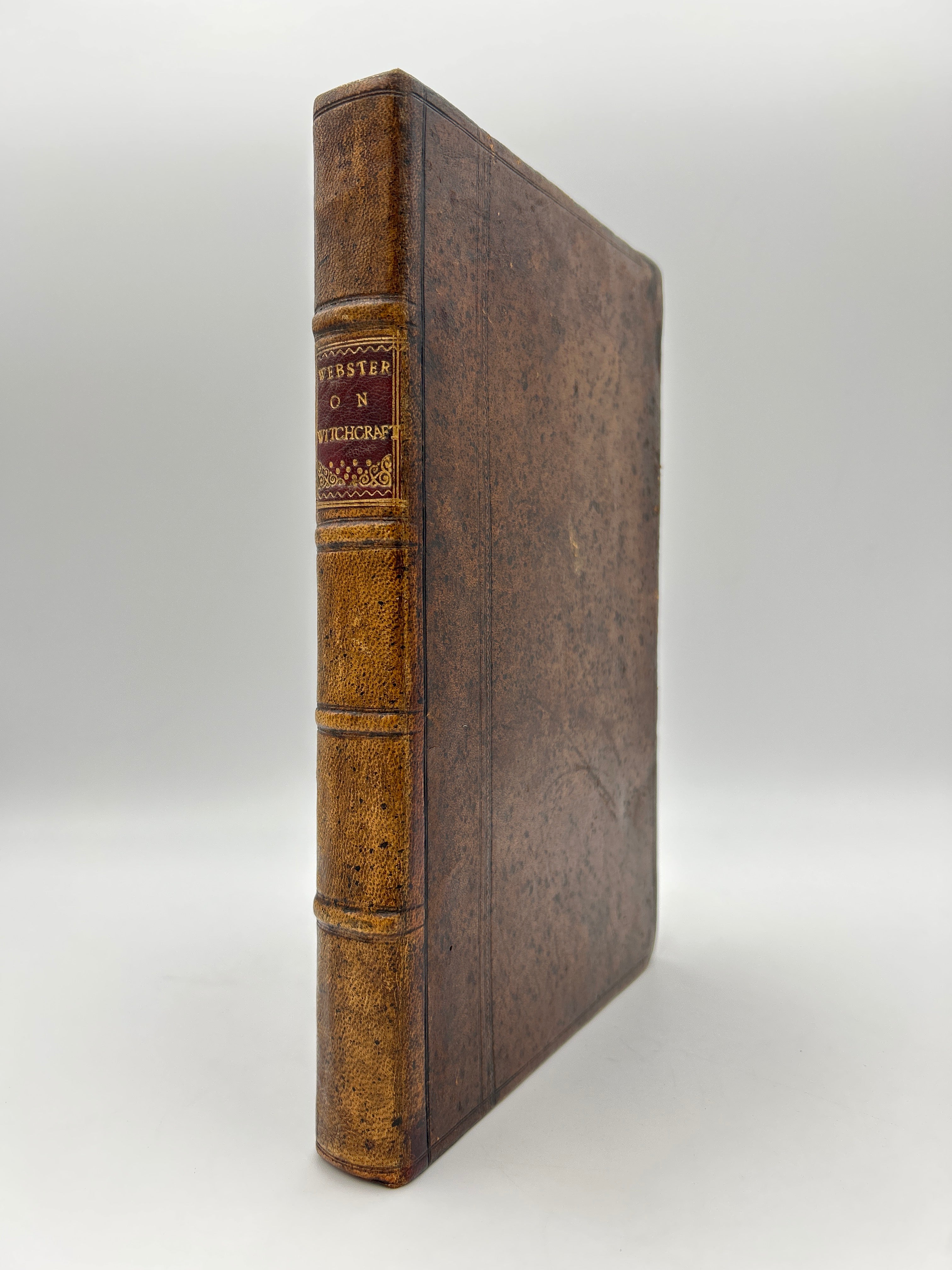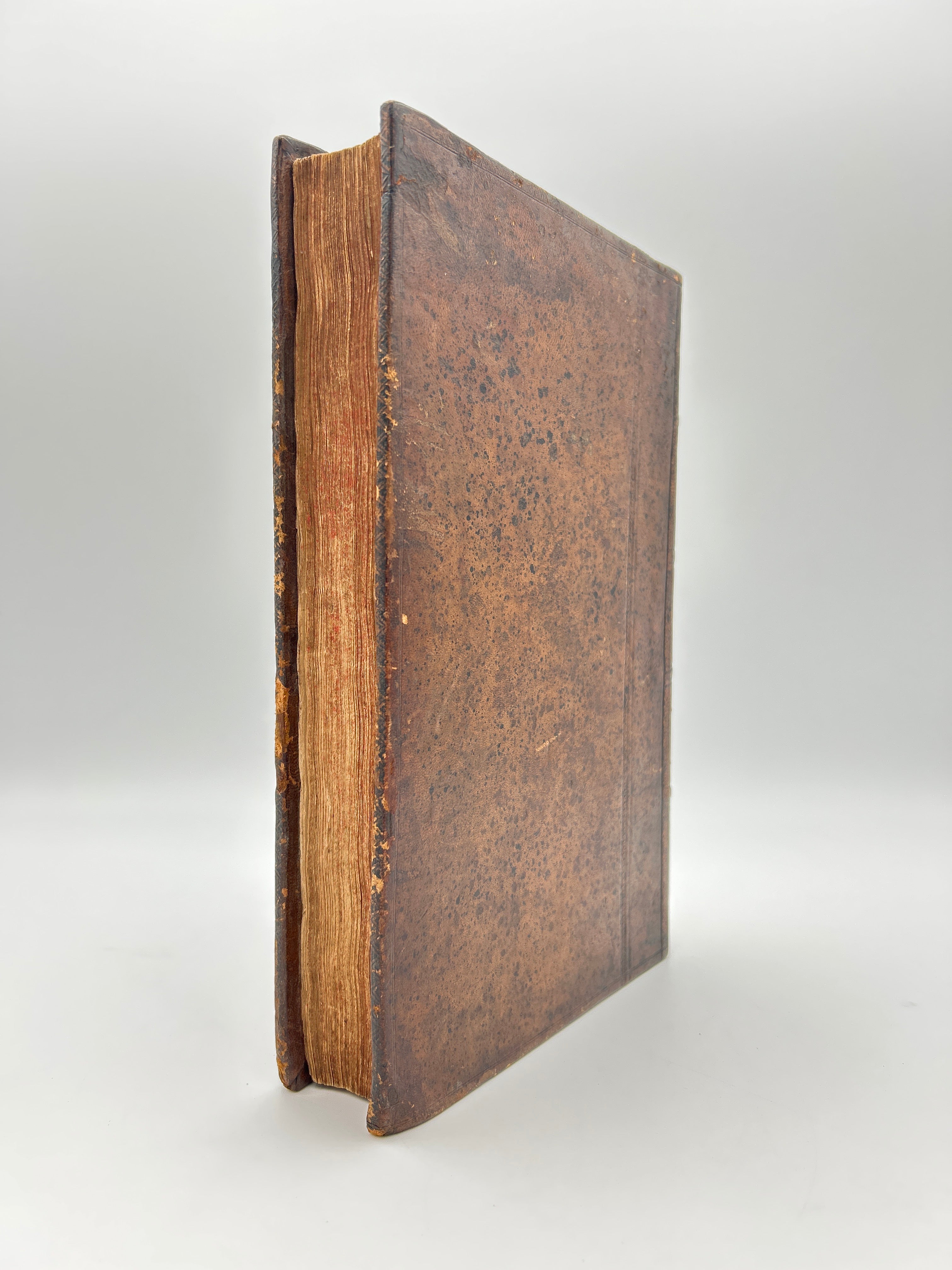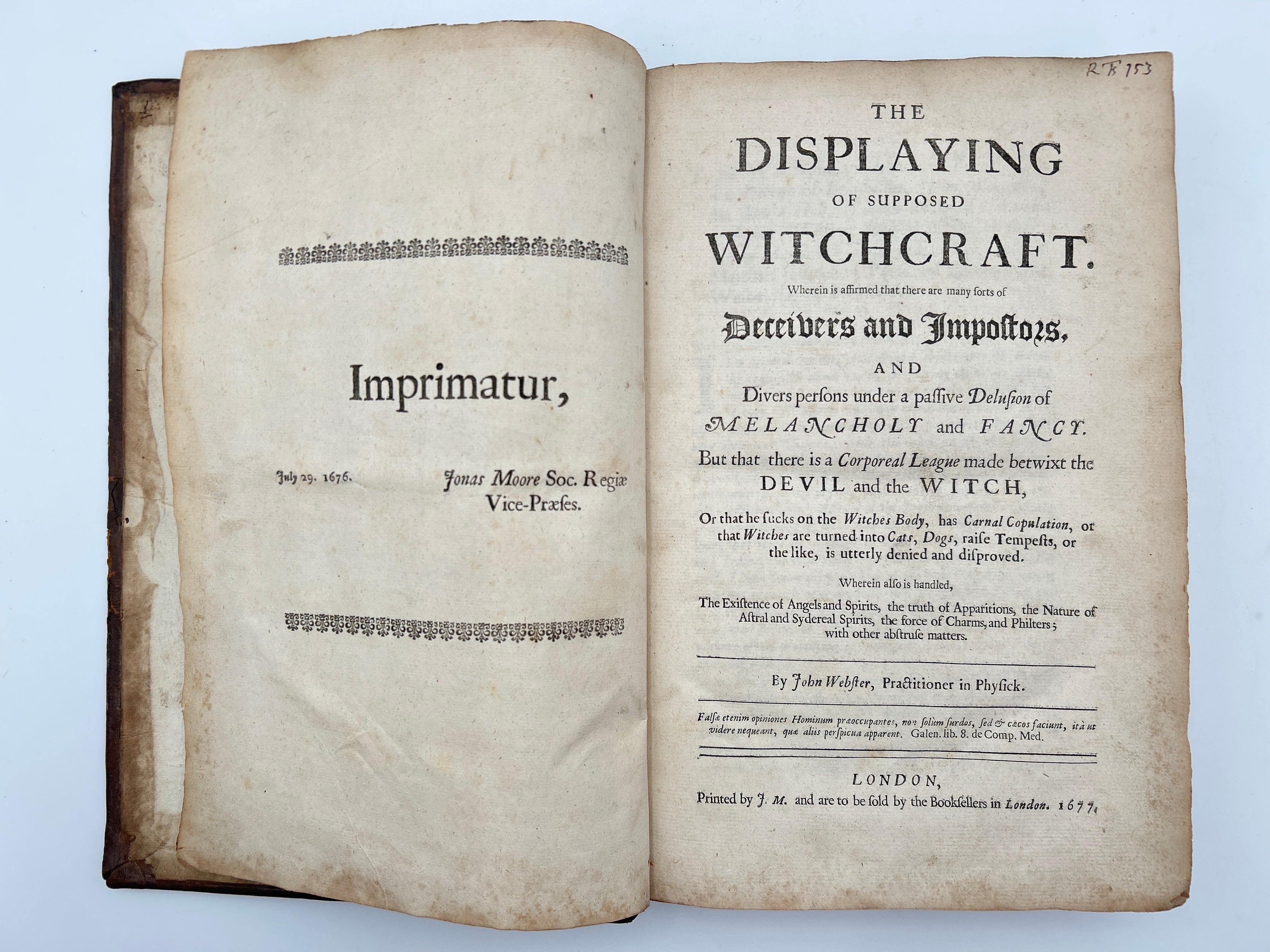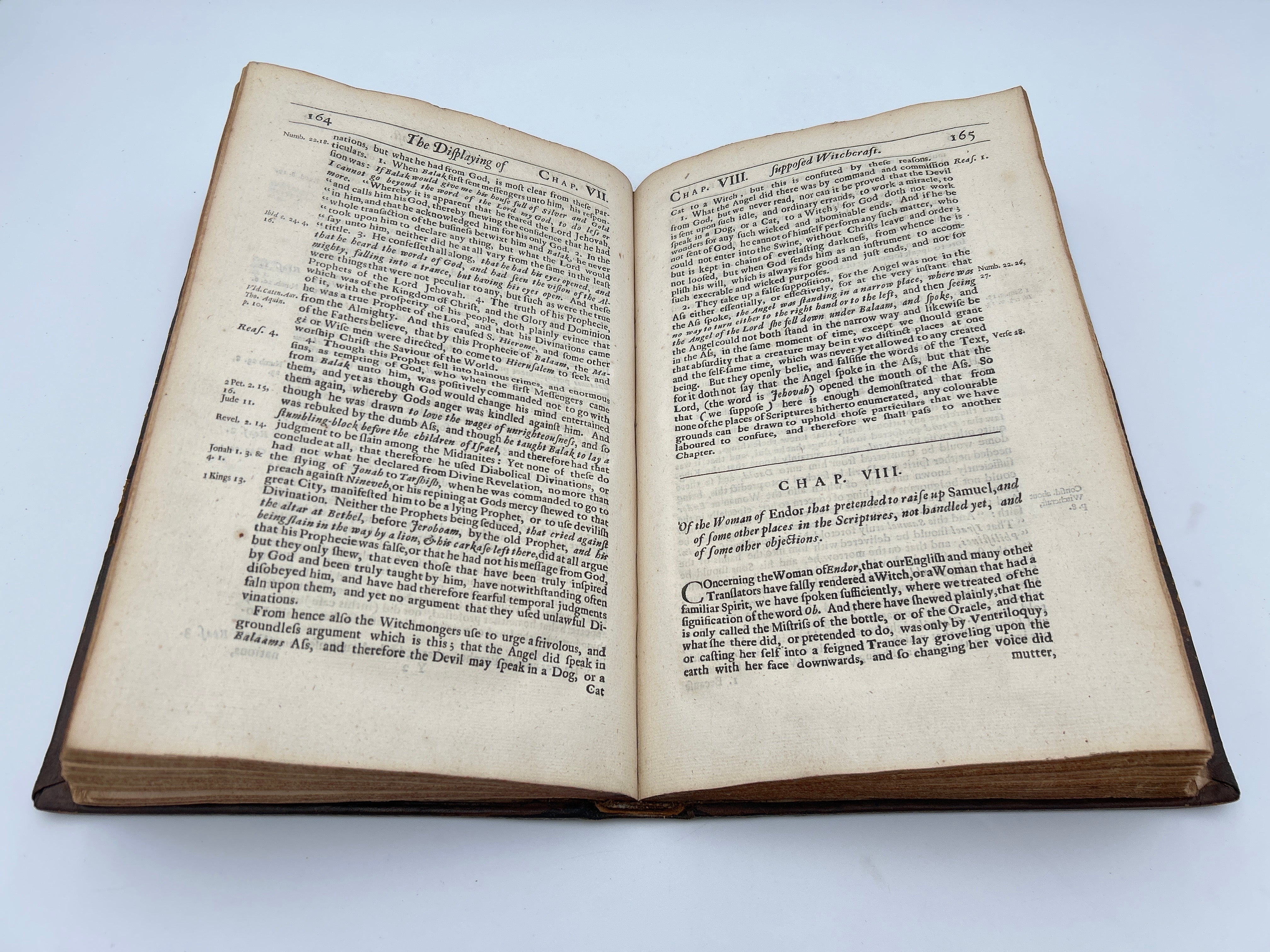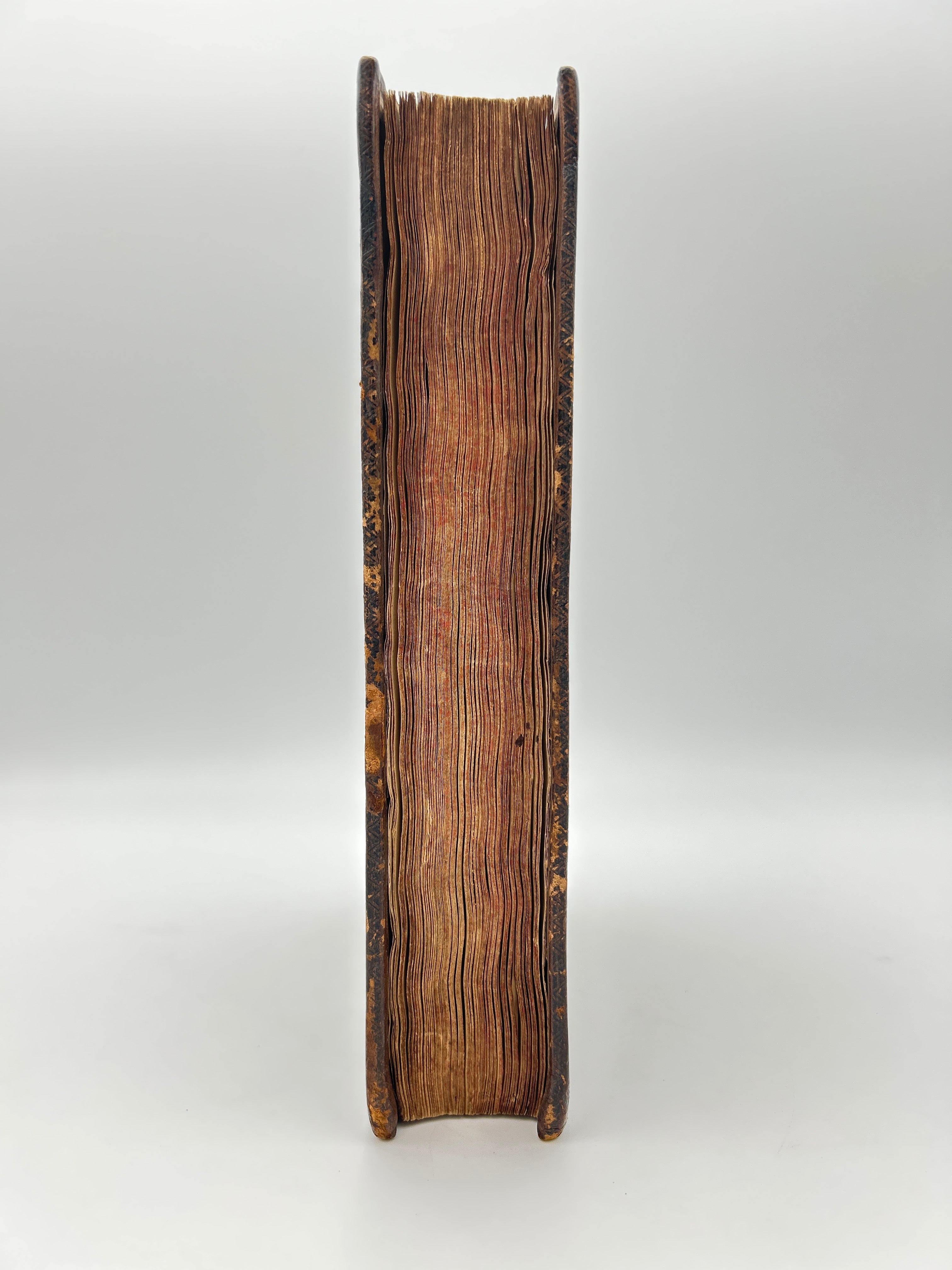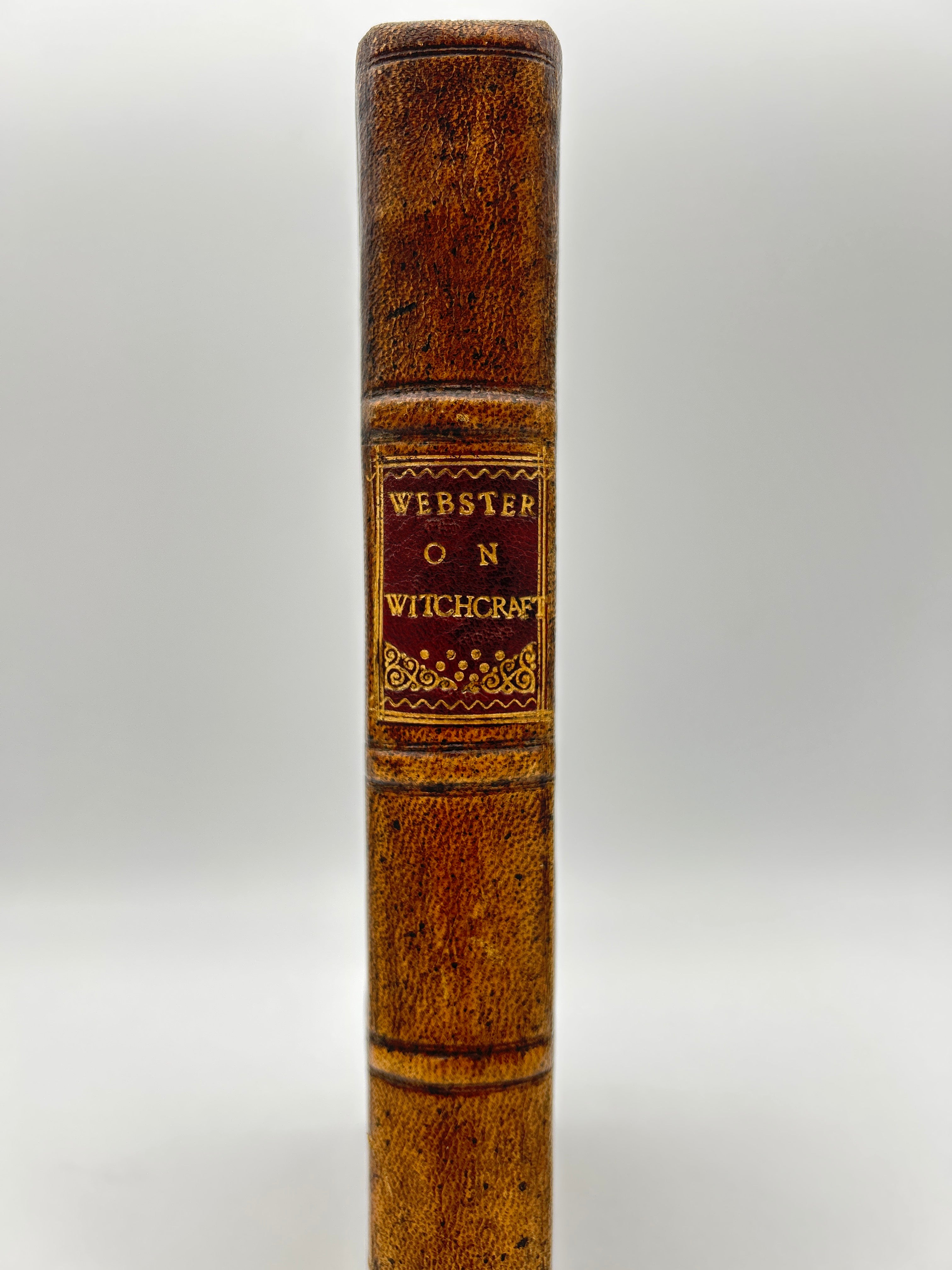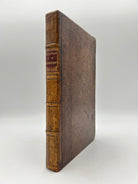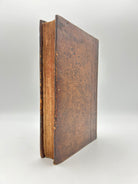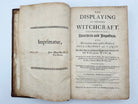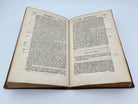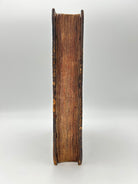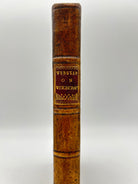The Displaying of Supposed Witchcraft
Couldn't load pickup availability
5RR John Webster, London, 1677.
Notes
The Displaying of Witchcraft by John Webster, first published in 1677, was a significant work that contributed to the growing skepticism surrounding witchcraft trials in 17th-century England. Written by a physician, Webster challenged the widespread belief in witches and the methods used in witch hunts. His book criticized the reliability of the evidence used to accuse and convict alleged witches, particularly spectral evidence and confessions obtained under torture. Webster argued that witchcraft accusations were often the result of superstition, fear, and ignorance, and he emphasized the need for evidence-based reasoning and scientific inquiry in trials. His work was in alignment with the intellectual currents of the time, which were increasingly moving away from supernatural explanations and toward more rational, empirical approaches.
The book was printed by Nathaniel Crouch in London during a period of intellectual transition, as the scientific revolution and Enlightenment thinking were beginning to take hold. Although witch hunts were still occurring, especially in parts of Europe, works like Webster's contributed to the intellectual climate that would eventually lead to the decline of witch trials. The printing of The Displaying of Witchcraft helped spread these ideas, especially among educated audiences such as clergy, lawyers, and physicians, who played key roles in legal and theological debates. Webster's critique of witchcraft trials was part of a broader movement that questioned the validity of witchcraft beliefs and sought a more just and rational approach to accusations.
In the years following its publication, The Displaying of Witchcraft became an important reference for those critical of the witch hunts and superstitions of the time. While it was not as widely known as some other works like Reginald Scot’s The Discoverie of Witchcraft, it still played a significant role in advancing the argument for skepticism and rationalism. Today, Webster's work is regarded as a key text in the history of witchcraft, legal reform, and the intellectual shift toward Enlightenment principles of justice and empirical evidence.
Description
Brown leather boards with embossed detail on the front and back boards. Four raised bands with gilt lettering on a red leather label in the second compartment. Red fore edge. Some browning within and minimal foxing. Bumped corners and rubbed extremities. Some chipping along the edges. Fine condition overall.
